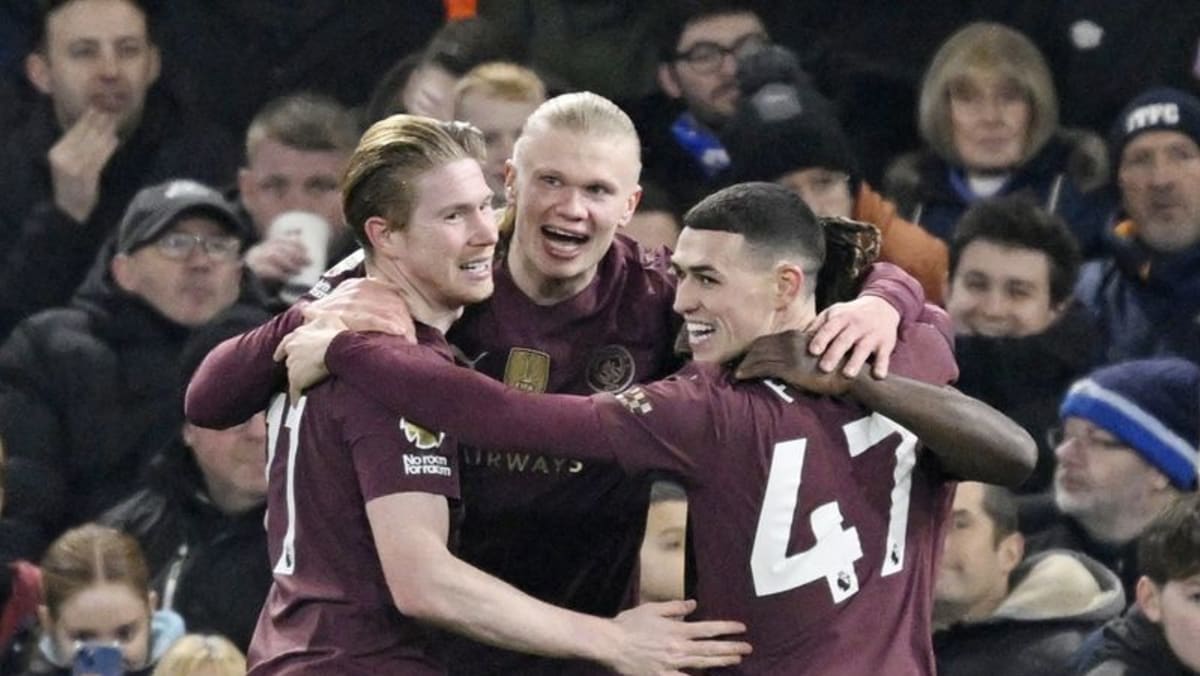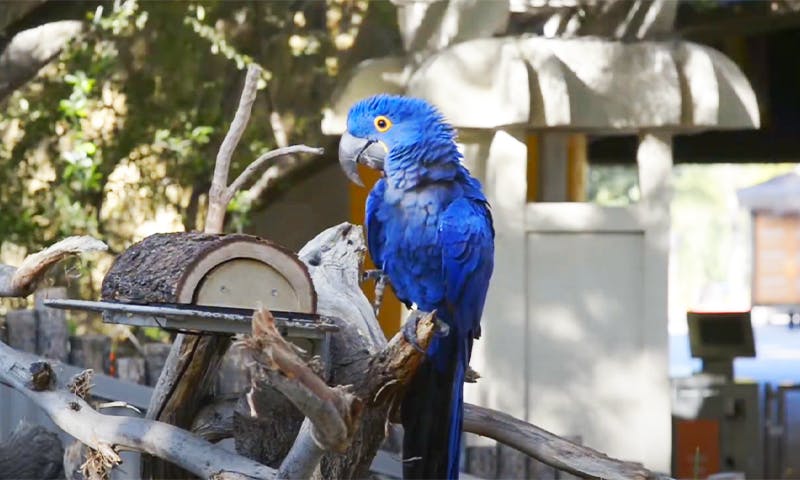As early as 18,000 years ago, early foragers in the montane rainforests of New Guinea preferentially collected eggs of cassowaries (Casuarius sp.) in late stages of embryonic growth and may have hatched them to rear chicks, according to an analysis of ancient eggshells from two Late Pleistocene/Early Holocene rock shelter sites in eastern New Guinea.
Cassowaries use their casque much in the same way as some other birds use their beaks for heat exchange. Image credit: Lolame.
Montane New Guinea presents an important case study for clarifying forager impacts on forest landscapes over extended timescales.
Humans had reached the region by at least 42,000 years ago, and the initial peopling included rapid exploration of montane environments.
The archaeological record demonstrates that early activities in the mountains involved the collecting of Pandanus nuts, transporting yams from the coast, forest burning, marsupial hunting, and the production of large stone axes.
Modern human genomic studies indicate Pleistocene populations frequenting the highland zone were in the order of a few hundred or thousand people.
These populations were relatively stable until the end of the latest Ice Age when populations rapidly increased, with montane societies becoming relatively isolated from the lowlands by the start of the Holocene period.
Although there is evidence that humans shared the montane zone with megafauna, including giant kangaroos, giant wombats, thylacines, and cassowaries for several millennia, it is unclear the extent to which these species were a focus of early hunting.
“We investigated how rainforest hunter-gatherers managed resources in montane New Guinea and present some of the earliest documentation of Late Pleistocene through mid-Holocene exploitation of cassowaries,” said Pennsylvania State University anthropologist Kristina Douglass and her colleagues.
First, the researchers developed a new method to determine how old a chick embryo was when an egg was harvested.
“I’ve worked on eggshells from archaeological sites for many years,” Dr. Douglass explained.
“I discovered research on turkey eggshells that showed changes in the eggshells over the course of development that were an indication of age. I decided this would be a useful approach.”
The scientists then turned to legacy eggshell collections from two sites — Yuku and Kiowa — in New Guinea.
“These sites preserve deep zooarchaeological sequences that allow us to examine the temporal dynamics of hunting and faunal extirpation,” they said.
“Yuku in the Lanim Gorge on the northwest slope of Mount Hagen was occupied by at least the end of the Ice Age, 17,500 year ago until the recent past, while Kiowa near the Mae river valley on Mount Elimbari was occupied at the terminal Pleistocene, 12,000 years ago until the last few centuries.”
“Both sequences suggest early foragers supplemented a plant-rich diet with broad-spectrum hunting, leading to the capture of almost all available mammalian game.”
“At Kiowa, fruit bats and cuscus were also captured in large quantities suggesting human hunters specialized in capturing a small number of reliable species.”
“Polished axes traded in from nearby valley systems provide evidence for trade links connecting these sites with other areas in the mid-Holocene, and marine shell and pottery indicate exchange connections to the hilly lowlands and coast had formed by the last millennium before present.”
The authors applied their approach to a total of 1,019 fragments of 18,000- to 6,000-year-old eggs.
“What we found was that a large majority of the eggshells were harvested during late stages,” Dr. Douglass said.
“The eggshells look very late; the pattern is not random. They were either into eating baluts (a nearly developed embryo chick usually boiled and eaten as street food in parts of Asia) or they are hatching chicks.”
The original archaeologists found no indication of penning for the cassowaries. The few cassowary bones found at the sites are only those of the meaty portions — leg and thigh — suggesting these were hunted birds, processed in the wild and only the meatiest parts got hauled home.
“We also looked at burning on the eggshells,” Dr. Douglass said.
“There are enough samples of late stage eggshells that do not show burning that we can say they were hatching and not eating them.”
To successfully hatch and raise cassowary chicks, the people would need to know where the nests were, know when the eggs were laid and remove them from the nest just before hatching.
“Back in the Late Pleistocene, humans were purposefully collecting these eggs and this study suggests people were not just harvesting eggs to eat the contents,” Dr. Douglass said.
The montane rainforests of New Guinea may thus present the earliest known evidence of human management of avian breeding.
“This behavior that we are seeing is coming thousands of years before domestication of the chicken,” Dr. Douglass said.
“And this is not some small fowl, it is a huge, ornery, flightless bird that can eviscerate you. Most likely the dwarf variety that weighs 20 kg.”
The results appear this week in the Proceedings of the National Academy of Sciences.
_____
Kristina Douglass et al. 2021. Late Pleistocene/Early Holocene sites in the montane forests of New Guinea yield early record of cassowary hunting and egg harvesting. PNAS 118 (40): e2100117118; doi: 10.1073/pnas.2100117118
Note: This article have been indexed to our site. We do not claim ownership or copyright of any of the content above. To see the article at original source Click Here















